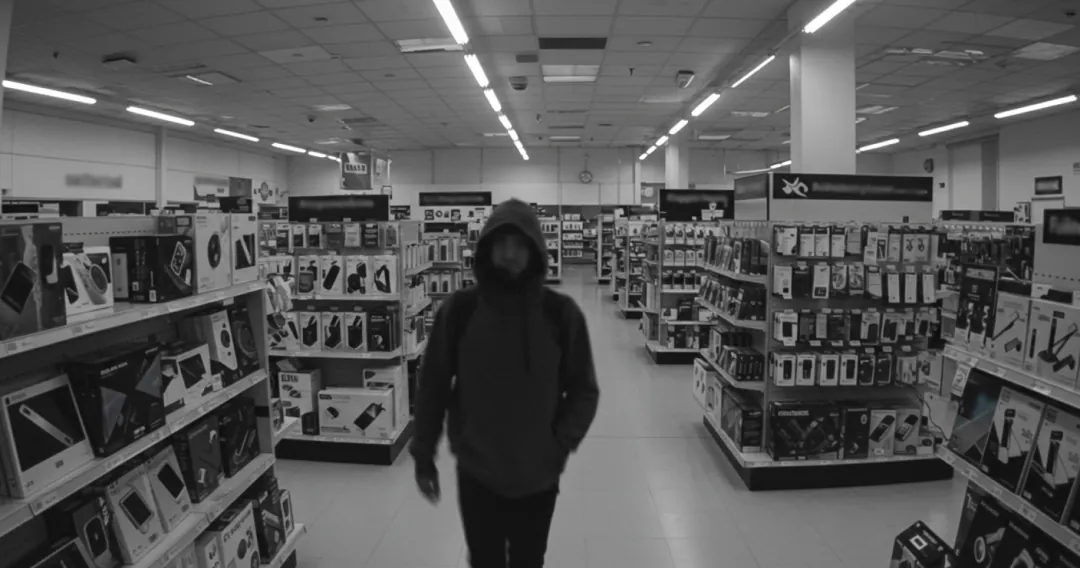In this article, we explore how real-time BOLO alerts work, their benefits and challenges, and how they fit into a broader loss prevention strategy.
What Are Real-Time BOLO Alerts?
Real-time BOLO alerts—short for “Be On the Look Out” alerts—provide immediate information about individuals or vehicles associated with past incidents or flagged for suspicious behavior. When an alert is issued, it is shared promptly with security teams across various locations, allowing them to take timely action. This immediate notification helps create a more responsive security environment where potential threats can be monitored or intercepted as soon as they are identified.
The concept is straightforward: as soon as a potential risk is detected—through surveillance cameras, license plate readers, or other monitoring systems—an alert is triggered and distributed. The speed of this process is critical; by reducing the time between detection and response, retailers can lower the risk of theft or other security breaches.
The Technology Behind Real-Time BOLO Alerts
Modern security systems rely on a mix of hardware and software to generate real-time BOLO alerts. Key components include:
-
- Surveillance and Monitoring Devices: High-resolution cameras and sensors capture data at entry and exit points, as well as throughout the premises. These devices often work in tandem with recognition software.
- Automated Recognition Systems: Systems such as Automated Number Plate Recognition (ANPR) scan and match license plates against a database of flagged vehicles. Similarly, some systems incorporate facial recognition to identify individuals who have been involved in past incidents.
- Centralized Alert Platforms: Data from various sources is aggregated into a centralized platform that processes the information and issues alerts as soon as a match or a suspicious pattern is detected. This central hub ensures that security teams at multiple locations receive the same critical information in real time.
This combination of hardware and software reduces the reliance on manual reporting and helps maintain accurate and timely alerts. The goal is to ensure that the data provided is reliable so that security teams can act without hesitation.

Operational Benefits of Real-Time BOLO Alerts
Implementing real-time BOLO alerts offers several practical benefits for retail businesses. First and foremost, these alerts improve the speed of response. When staff receive an alert, they can check surveillance footage or directly observe the area where the alert was triggered, reducing the time between detection and action.
In addition, the continuous flow of data helps build a detailed record of incidents. Over time, the collection of alerts can reveal patterns or recurring issues, which in turn can inform adjustments to security protocols. This data-driven approach allows security teams to better allocate resources during periods of high risk or to adjust monitoring strategies based on observed trends.
Another benefit is the enhanced coordination among team members. When everyone receives the same alert simultaneously, it fosters a collaborative approach to security. Whether the alert is sent to in-store staff or off-site security personnel, a unified response can be organized quickly, minimizing potential disruptions or losses.
Addressing Common Challenges
Despite the benefits, real-time BOLO alert systems are not without challenges. One common issue is the risk of false positives. If the system issues too many incorrect alerts, staff may begin to disregard notifications, reducing the overall effectiveness of the system. Maintaining a balance between sensitivity and accuracy is essential. Regular calibration of the recognition software and careful management of the underlying databases can help mitigate this issue.
Privacy is another concern. The use of surveillance cameras, ANPR, and facial recognition technology raises questions about data protection and individual privacy rights. Retailers must ensure that their systems comply with local laws and regulations regarding data collection and storage. Clear policies and regular audits can help build trust with both staff and customers while maintaining the necessary level of security.
System integration also poses a challenge. Many retailers use a variety of legacy systems alongside newer technologies. Integrating real-time BOLO alerts with existing security infrastructure requires careful planning and execution. It is important to ensure that data flows smoothly between systems, and that any new technology does not create vulnerabilities or disrupt daily operations.
Integrating BOLO Alerts Into a Broader Security Strategy
A real-time BOLO alert system works best when it is part of a comprehensive loss prevention strategy. It should be combined with other measures such as physical security protocols, employee training, and regular audits of security practices. Establishing clear response procedures is also critical. Staff should know exactly how to react when an alert is received—whether that involves checking specific cameras, contacting a central security office, or alerting local law enforcement.
Regularly reviewing past alerts and incidents can help identify areas for improvement. For example, if certain types of alerts occur more frequently in one area of a store or during a specific time, adjustments can be made to address those vulnerabilities. This continuous improvement process is an essential part of maintaining an effective security program.
Preparing Your Team for Real-Time BOLO Alerts
Implementing any new technology requires careful preparation and training. Retail staff and security teams need to be familiar with the operation of real-time BOLO alert systems. Training sessions should cover not only how to respond to alerts but also the importance of verifying alert details and understanding the limitations of the technology.
Drills and simulations can be beneficial. Regular practice helps ensure that when an actual alert is issued, the response is measured and appropriate. Staff should also receive periodic updates on system performance and any changes to protocols, so they remain fully informed about their roles in maintaining security.
Outlook: The Role of Real-Time BOLO Alerts in Modern Loss Prevention
Real-time BOLO alerts represent a significant step forward in loss prevention strategies. As technology continues to improve, these systems are likely to become even more reliable and integrated. Retailers who invest in effective real-time alert systems and support them with strong operational practices will be better equipped to manage the risks they face.
Explore ThinkLP’s Blog
Now that you know more about real-time BOLO alerts, you can find additional insights on loss prevention and safety intelligence on ThinkLP’s blog. The blog features articles, case studies, and industry insights that provide practical tips and strategies for improving your loss prevention efforts.
Request a Demo
If you are interested in how ThinkLP’s software can support your loss prevention initiatives, we invite you to request a demo. Their Loss & Safety Intelligence Platform is designed to integrate with your existing operations, helping you reduce risks and improve efficiency. Reach out today to learn how ThinkLP can assist your organization in optimizing its loss prevention strategy.


